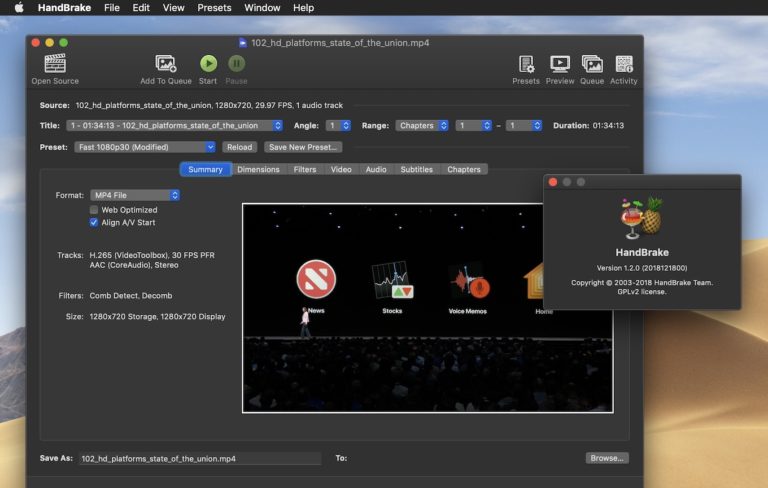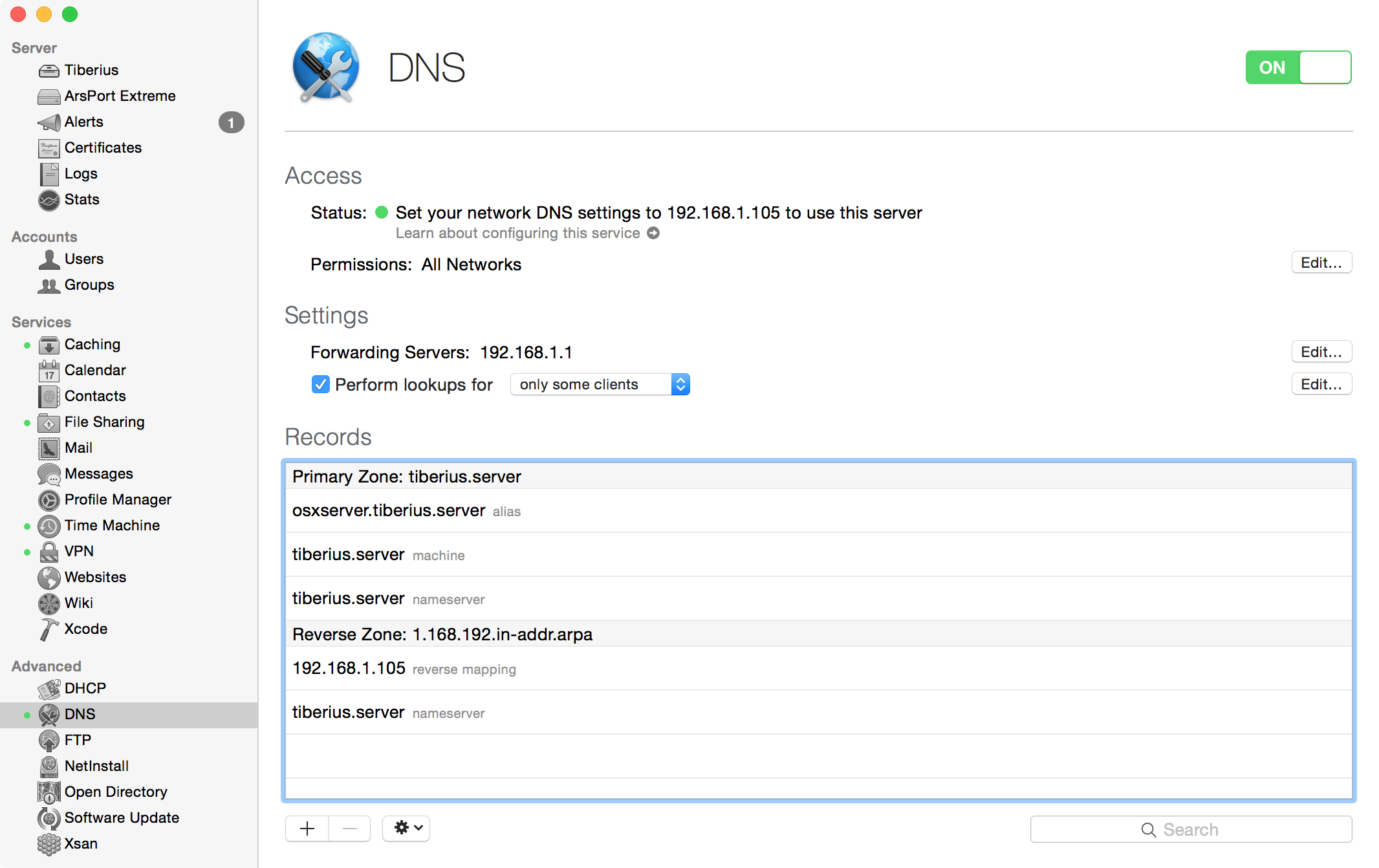
Please note that clicking on Amazon links may result in a small commission for us. Qzf4qwap44z88jkdassythjcnm54upacmvmvnzgddg
How to configure ffmpeg os x yosemite how to#
Use PayPal to give me a cup of coffee (select: $5, $10, $20, or custom amount)ġ6Ja1xaaFxVE4FkRfkH9fP2nuyPA1Hk7kR Donate in BitCoin Cash (BCH) The following instructions will tell you how to build FFmpeg 2.8.15 as an Universal binary ( i386, x8664 and ppc ).Step 3: Click the drop-down box next to the 'Add Photo' button and then select the 'Change' option to set the output audio format. Or you can drag MKV videos to the interface.


Make sure “ Erase destination” is checked and click the “ Restore” button. This article turns from: Compiling FFmpeg on Mac OS Xcode and Command line ToolsInstall Xcode from the App Store and make sure.
How to configure ffmpeg os x yosemite mac os x#
You’ll also notice that the “ Restore” button in the lower right corner now becomes active (clickable). 4 0HOWTO install and use FFmpeg on Mac OS X Leopard R P NFor now i would recommend installing Homebrew, and simply typing brew install ffmpeg u s q. In the Partition tab, click on the Plus icon before selecting an. By default, this will be named as Apple HDD XXXXXXXX. Select your primary hard drive from the left hand pane in Disk Utility. The name of the partition (see “ 2” below) should appear. Open Disk Utility, either by doing a Spotlight search for it, or by navigating to Applications -> Utilities -> Disk Utility. This is again an issue with the library itself. (Linux) Mono AAC files import as stereo if FFmpeg uses the libfaad decoder. Alternatively build the VisualOn AAC encoder library and configure FFmpeg with -disable-encoderaac -disable-encoderlibfaac -enable-libvo-aacenc. Now drag the partition of the flash drive onto the input field of the “ Destination” until a green “ +” appears. (OS X) 10.10 (Yosemite) is now supported including Apple Audio Units. You’ll see something similar to the image below just under point “ 1“. Next select the “ Restore” section and click the “ Image…” button next to the “ Source” input field.Ī window will open in which you have to select the previously copied or moved “ InstallESD.dmg“, and then click “ Open“.

Open Disk Utility (you can find in the “ Utilities” folder of your “ Applications” folder, or you can use Spotlight to find it).įirst we must find our USB drive on the left side of the Disk Utility window – make very sure that you’re picking the right device, since the drive will be completely erased! In my example I’m using a 64Gb Kanguru eFlash (very fast USB pen drives and great customer service!).įirst select the correct drive and partition. As you can see in the image below I selected a partition of the 64.39 Gb drive. CAUTIONThe drive will be completely wiped in this process!


 0 kommentar(er)
0 kommentar(er)
